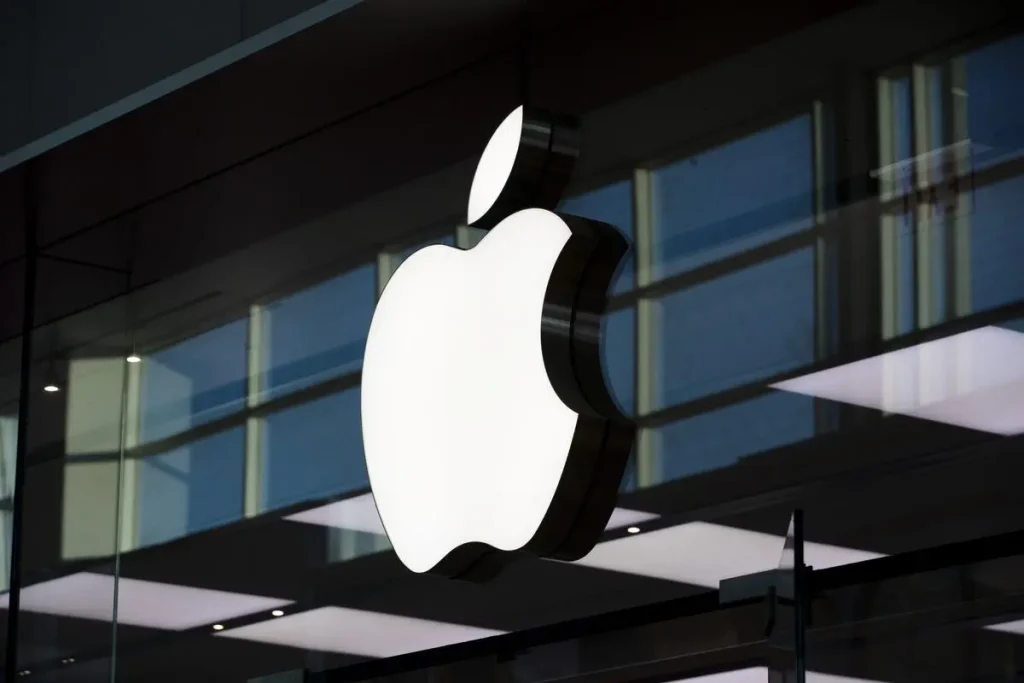Apple Inc. witnessed a sharp 5% drop in its share price on Friday, sending ripples through Wall Street after CEO Tim Cook revealed that the tech giant would incur an estimated $900 million in additional costs this quarter due to mounting U.S. tariffs. The announcement came alongside Apple’s decision to scale back its stock buyback program by $10 billion—an unusual move that signals growing caution amid the escalating trade tensions between the United States and China.
This market reaction places Apple on course to lose over $150 billion in market capitalization, potentially ceding the title of the world’s most valuable company to Microsoft, which issued a more optimistic earnings forecast earlier in the week.
Buyback Cuts Spark Concerns About Future Cash Strategy
Apple’s decision to authorize a $100 billion stock repurchase, down from the $110 billion it announced in the same quarter last year, has raised eyebrows among investors. Historically, Apple has either maintained or expanded its buyback initiatives, making this reduction a significant deviation from its norm. Analysts interpret the move as a sign of the company’s intent to conserve cash amidst growing macroeconomic uncertainty.
Angelo Zino, an equity analyst at CFRA Research, described the reduction as “a bit of a head-scratcher,” adding that Apple’s track record typically involves steady or increased capital returns. This pullback, he noted, could reflect management’s desire to prepare for further financial headwinds driven by geopolitical instability and potential supply chain disruptions.
Tariff Pressures and Supply Chain Risks Force Strategic Shift
CEO Tim Cook addressed the pressing issue of trade tensions during Apple’s earnings call, noting that the company expects to absorb an estimated $900 million in extra costs this quarter, directly tied to tariff hikes. President Joe Biden’s shifting stance on U.S.-China trade policies has created significant unpredictability for multinational corporations, particularly Apple, which has long relied on Chinese manufacturing for iPhones and other products.
In a bid to mitigate future risks, Apple has begun shifting significant portions of its production outside China. Cook stated that most iPhones destined for the U.S. market this quarter will be assembled in India, marking a major change in Apple’s manufacturing footprint. Additionally, the company is expanding its chip-sourcing capabilities in the U.S., with increased investment in states like Texas, Arizona, and Oregon.
“Having everything in one location had too much risk,” Cook explained, alluding to the company’s past over-reliance on Chinese supply chains.
Earnings Beat Estimates, but Growth Forecast Remains Muted
Despite the ongoing challenges, Apple managed to slightly surpass Wall Street expectations in its latest quarterly report. The tech giant posted revenues of $95.36 billion and earnings per share of $1.65. However, its forward guidance remained conservative, with the company forecasting low-to-mid single-digit revenue growth—aligned with analysts’ tempered expectations for the rest of the year.
In China, Apple generated $16 billion in revenue, narrowly exceeding forecasts. However, rising competition from domestic rivals like Huawei and sluggish AI adoption continue to erode its market share in the region.
India Emerges as Key Growth and Production Hub
Apple’s strategic pivot to India is not just about sidestepping tariffs—it’s also a long-term bet on one of the world’s fastest-growing consumer markets. Joe Tigay, a portfolio manager at Catalyst Funds, noted that establishing a solid production base in India could enhance Apple’s brand stature and political standing in the country.
“Part of their long-term vision is a big portion of the supply chain being in India,” Tigay said. “I think just kind of having that base there would also do well for their relations or their prestige in the country.”
Looking Ahead: Managing Risk Amid Geopolitical Turbulence
Apple’s recent actions underline its evolving approach to geopolitical risk management. By diversifying its manufacturing base and being more conservative with capital returns, the company is attempting to shield itself from the financial turbulence triggered by shifting international trade policies. However, the reduced buyback and higher cost projections suggest that Apple may continue to face margin pressures in the months ahead.
For investors and analysts alike, the coming quarters will be a test of Apple’s ability to maintain profitability while navigating a dramatically reshaped global trade landscape.












